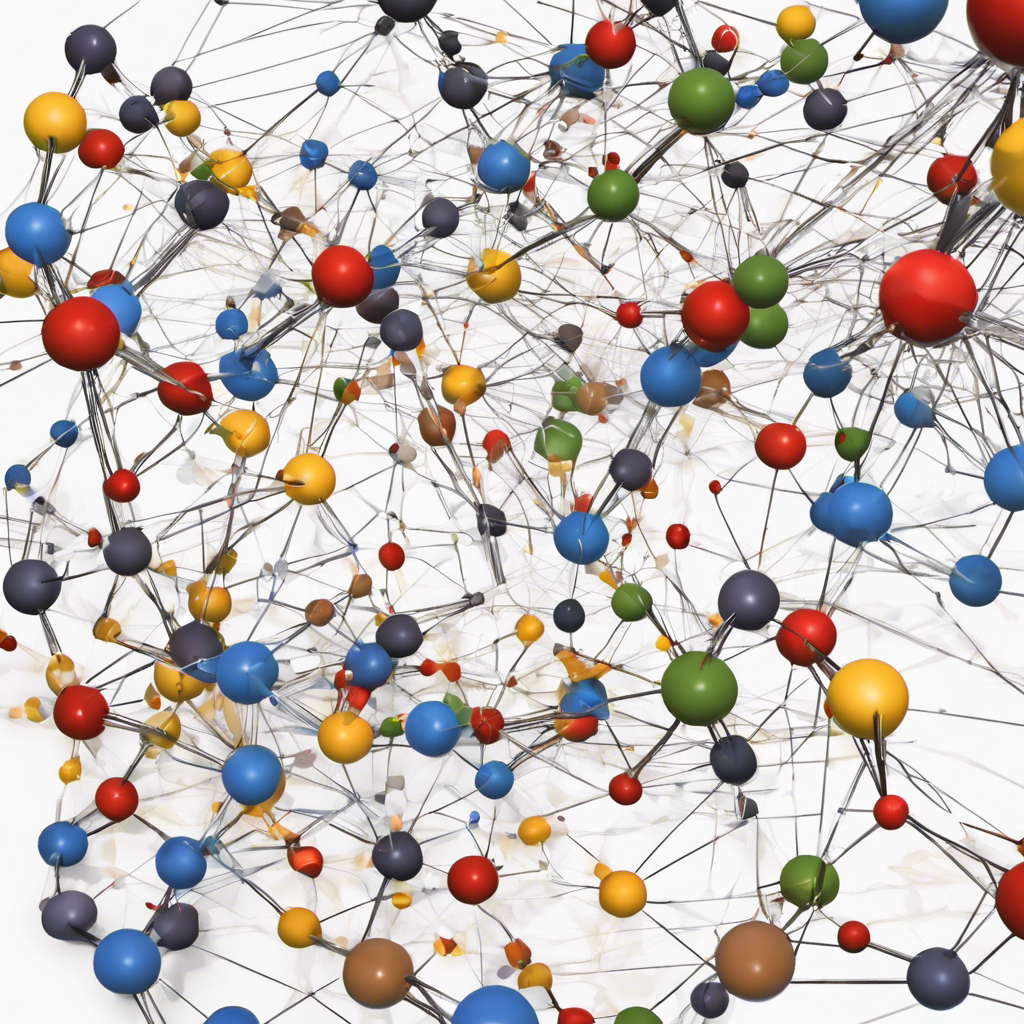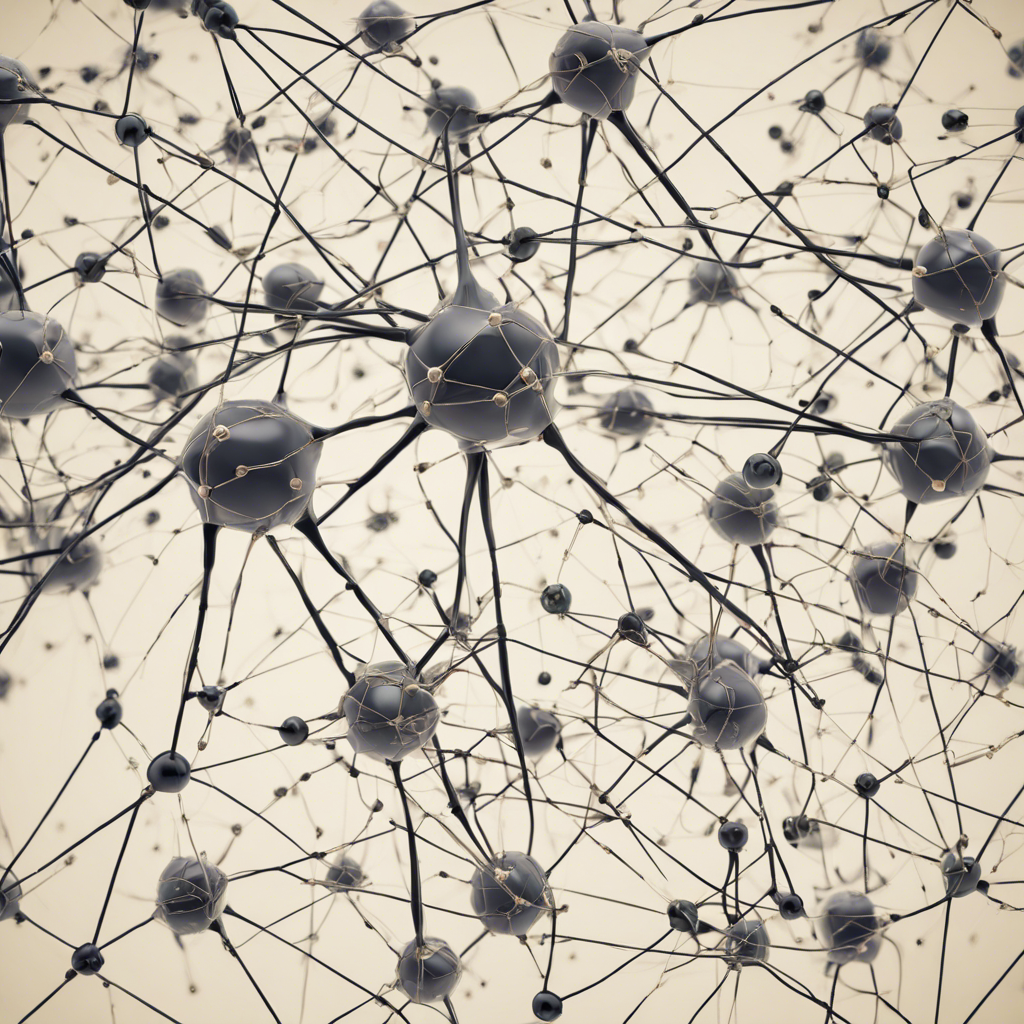A new AI system called FunSearch, based on large language models (LLMs), has demonstrated its ability to generate new solutions to mathematical problems inspired by the card game Set. This breakthrough showcases the potential of artificial intelligence in assisting mathematicians and computer scientists in tackling complex combinatorics problems.
The card game Set has long been a source of fascination for mathematicians, and now, the power of artificial intelligence (AI) has been harnessed to generate innovative solutions to Set-inspired problems. FunSearch, an AI system based on large language models, has made significant progress in combinatorics, a field of mathematics focused on counting the possible arrangements of sets with a finite number of objects. Published in Nature, this groundbreaking method has the potential to revolutionize mathematical problem-solving across various domains.
AI Goes Beyond Known Solutions:
Unlike previous experiments that utilized large language models to solve math problems with known solutions, FunSearch takes a step further. By automatically creating requests for a specially trained LLM, FunSearch prompts the model to generate short computer programs capable of producing solutions to specific mathematical problems. The system then evaluates these solutions against known ones, providing feedback to the LLM for improvement in subsequent iterations.
The Creativity Engine:
FunSearch employs the LLM as a “creativity engine,” using the generated programs to explore new possibilities. While not all programs are useful or correct, the system can quickly discard incorrect ones and test the output of the correct ones. This iterative process allows for the discovery of novel solutions that surpass existing knowledge.
The Cap Set Problem:
To test FunSearch’s capabilities, the team focused on the “cap set problem,” which originated from the game Set. In Set, players must identify combinations of cards based on the shape, color, shading, and number of symbols. Mathematicians have determined that players are guaranteed to find a set if at least 21 cards are revealed. However, the minimum number of cards required to guarantee a solution for more complex versions of the game remains unknown.
Advancing the Boundaries:
FunSearch made significant progress in the cap set problem by improving the lower bound for a specific case. By generating sets of cards that meet all the game’s requirements, FunSearch surpassed previous knowledge. Although the team has not proven that further improvements are impossible, they have achieved a construction that extends beyond what was previously known.
Human-Machine Collaboration:
One notable aspect of FunSearch is its transparency, allowing humans to see the successful programs generated by the LLM. This feature sets it apart from other AI applications, where the inner workings of the model are often opaque. Co-author Jordan Ellenberg emphasizes that FunSearch should be seen as a tool for human mathematicians, augmenting their capabilities rather than replacing them. The collaboration between humans and machines opens new avenues for problem-solving and knowledge acquisition.
Conclusion:
The AI system FunSearch, built on large language models, has demonstrated its ability to generate new solutions to mathematical problems inspired by the card game Set. By surpassing existing knowledge in the cap set problem, FunSearch showcases the potential of AI in assisting mathematicians and computer scientists in tackling complex combinatorics problems. The transparency of FunSearch allows for human-machine collaboration, providing mathematicians with valuable insights and new modes of problem-solving. As AI continues to advance, it promises to be a powerful tool in pushing the boundaries of mathematical knowledge.











